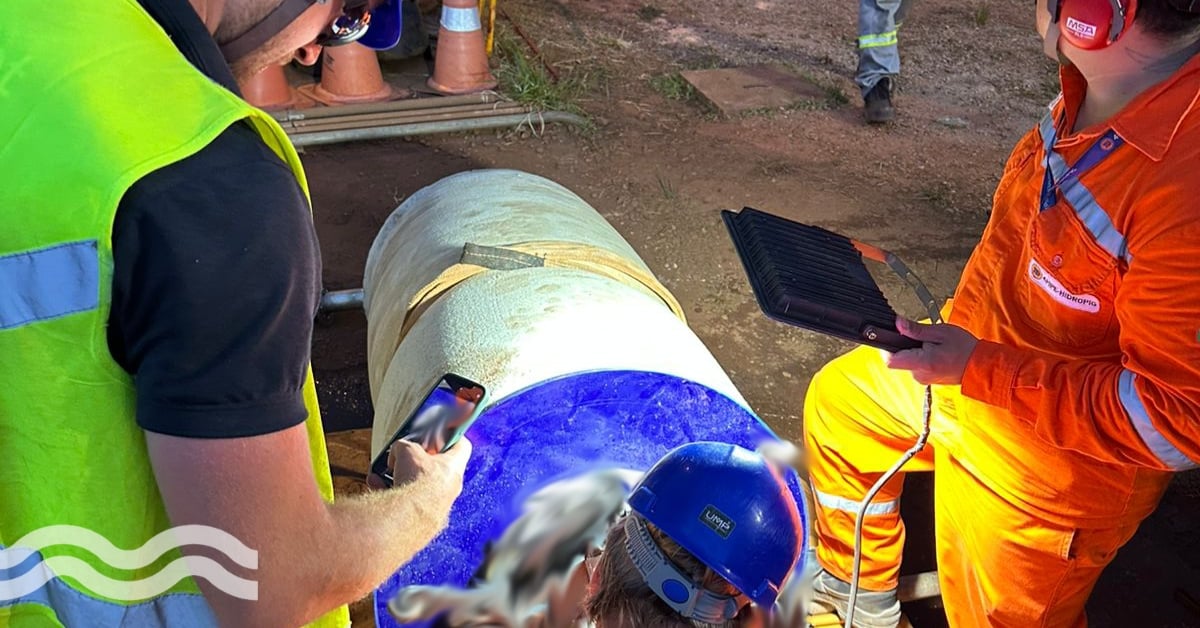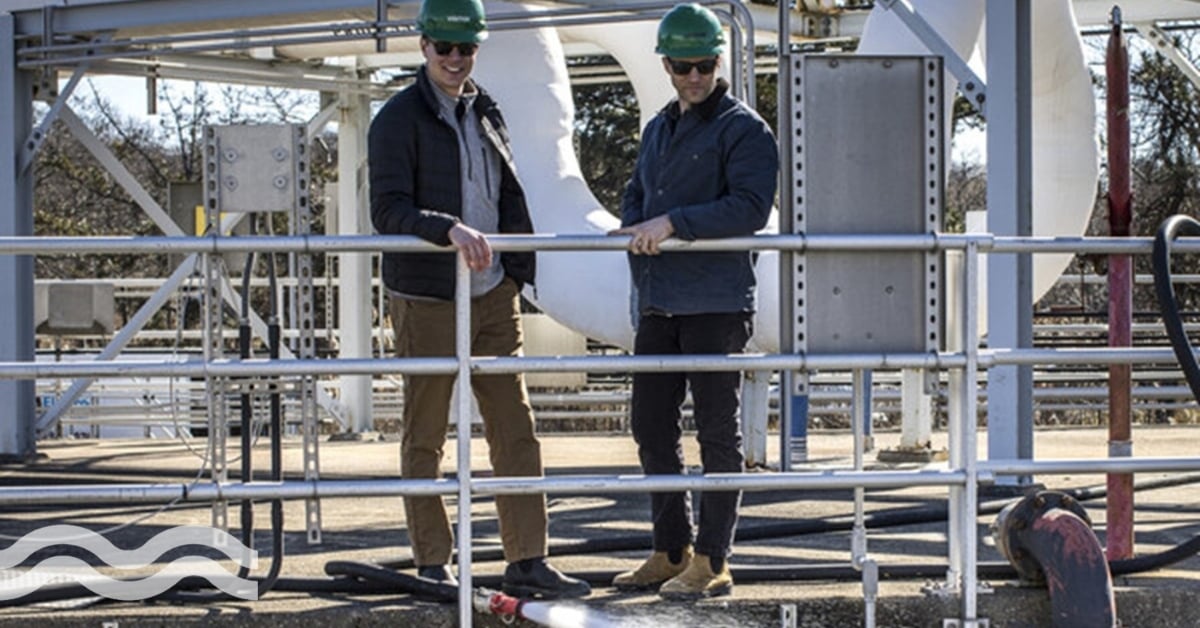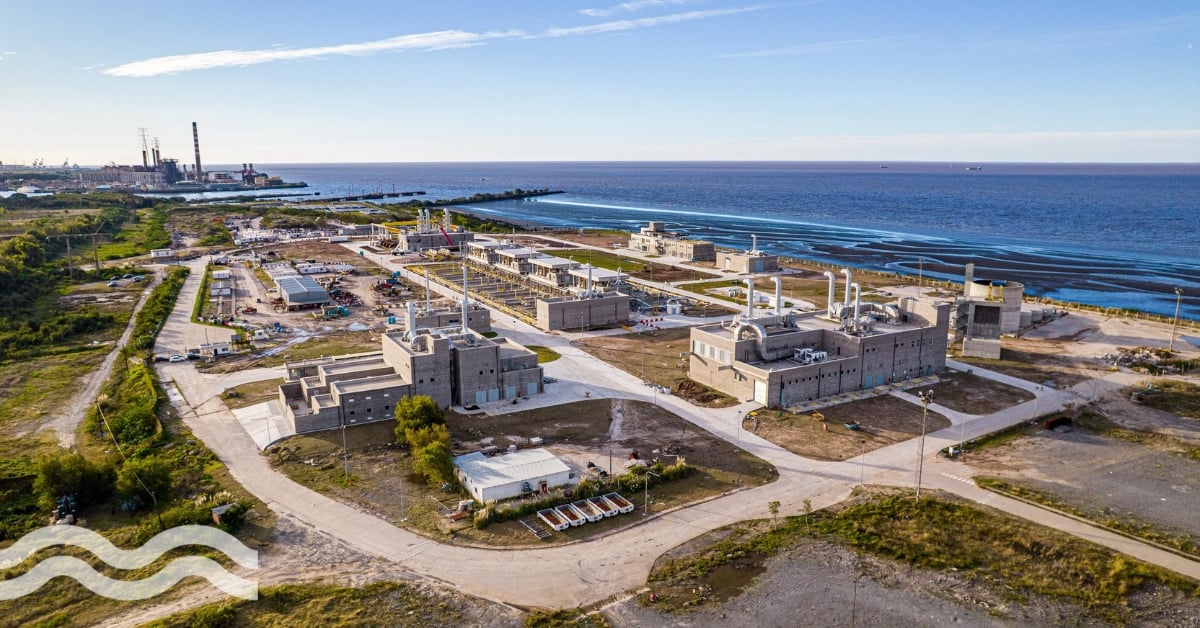Why we might be getting groundwater decline rates all wrong
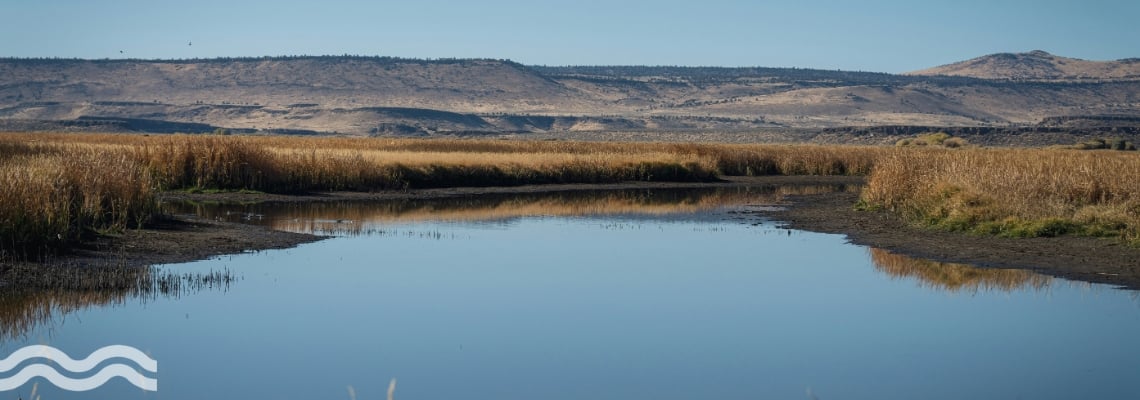
A model developed by Oregon State University economists and a US Geological Survey hydrologist suggests that our negative impact on groundwater levels may happen decades before they are noticed.
Farm economics and groundwater hydrology
The study, published in Water Resources Research, modelled how farm irrigation decisions impacted groundwater levels to understand both the causes of declining levels and to try to find potential solutions.
Groundwater levels have been declining across the United States leading to decreases in river and stream base flows, less water in wetlands, wells running dry, and as the report states, in some cases, land subsidence.
The model focused on the Harney Basin in Oregon and sought to frame groundwater loss in economic terms for the local communities. Groundwater pumping has been increasing since the 1990s, with current levels reduced to a third of what they were back then. This has led to adverse impacts on farmers in the area who rely on the water to irrigate their land. It has also negatively impacted a local nature and wildlife reserve.
Substantial delay in groundwater decline
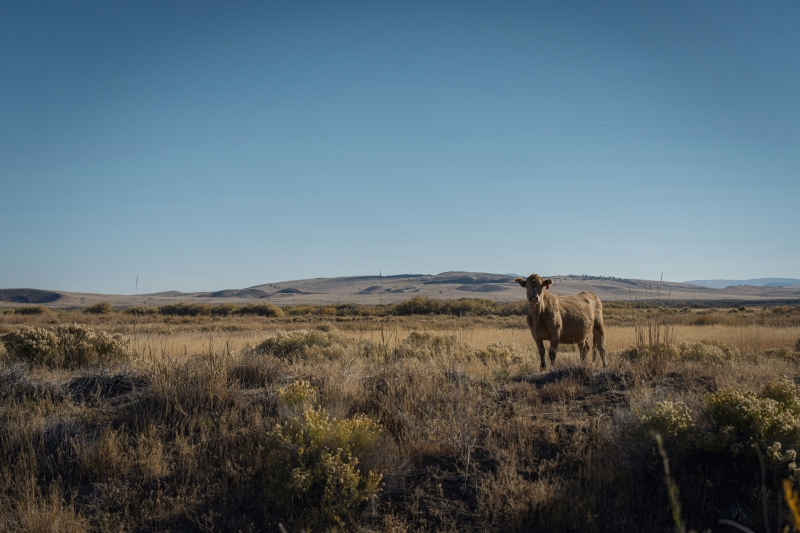
Perhaps the most startling outcome of the analysis was the conclusion that in the Harney Basin, sustainable rates of groundwater withdrawal were 'surpassed 20 years prior' to the time declining levels being recognised.
This highlights a problem for groundwater conservation programmes and water basin stewardship projects because remediation effects might be tackling current levels that might be affected by events years or decades previous.
Announcing the report's findings, William Jaeger, professor of applied economics at Oregon State, told media: "Groundwater is challenging to manage because it is hidden below ground and poorly understood.
He added: "It's frequently extracted at unsustainable rates because, without effective regulation, individual water users have an incentive to act without considering impacts on others. This can lead to negative effects on all water users and the environment."
The researchers found that if nothing was done to address the situation, groundwater levels in the basin would fall by 14 feet on average over the next 30 years, with some areas in the region falling by 65 feet. It is estimated that this would see farm profits decline by 10 per cent over that period and lead to 65 wells drying up and environmental flows dropping by 19 per cent.
Effective solutions might not be economically viable
One of the report's conclusions suggested that to 'halt or reverse the adverse impacts of groundwater decline on wells and environmental flows will come at the expense of lower profits for irrigators'.
Perhaps alarmingly, analysis within the report suggests that to several of the solutions put forward to stabilise groundwater levels would have little impact. For example, one scenario explored the use of more water-efficient irrigation technologies in the area, with only a five per cent improvement over doing nothing.
Only by limiting groundwater pumping rates by nearly half would groundwater levels be stabilised, but this level of change would result in annual losses to the local farming community of between €7 million to €8.5 million annually compared to doing nothing.
The report seems to present a stark choice between continuing depletion of groundwater and the eventual losses, economically and environmentally, or the stabilisation of the groundwater and greater economic loss. These losses could have been abated if detailed hydrological-economic models had been available and pumping had been reduced in the 1990s.
Hydro-economic models for collective management of groundwater
The team behind the analysis produced a hydro-economic model (HEM) based on detailed geologic, climate and well data for the groundwater system, and data on land use, crop production and farm economics for the agricultural system. The model also illuminates basin-wide impacts on non-irrigation wells and on environmental flows.
While the HEM relates to the Harney Basin in Oregon, it can serve as a pointer toward better understanding groundwater levels and the impact of pumping and usage elsewhere. In the US alone, there is an estimated 15 million hectares of groundwater-irrigated farmland that would benefit from such analysis.
The date of surpassing sustainable withdrawal will differ from one basin to another, but it is possible that HEMs can be adapted for regional use to offer deeper insights into groundwater conservation and how to find a path between the need for extraction and the importance of conservation, whether at a local level or in policy and regulation.
As Jaeger added: "Both the modelling methods and the case study findings will benefit managers and researchers beyond Harney County and beyond Oregon."
